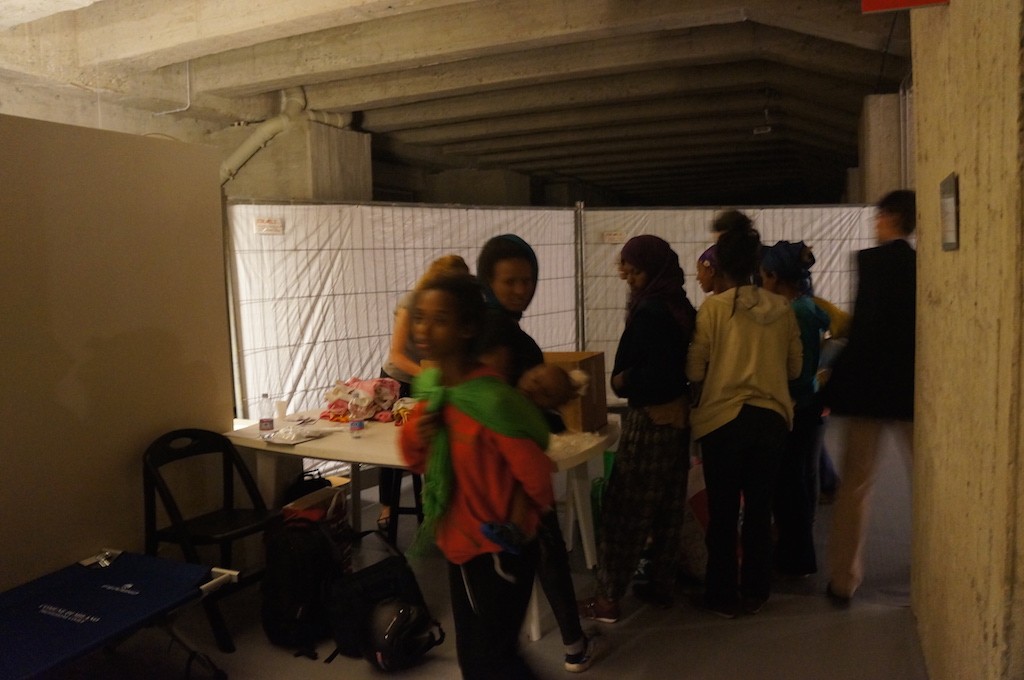Seventy years ago, Platform 21—the vast cavernous space underneath the Central Train Station in Milan, Italy—was used to load Jews in secret onto trains destined for the death camps. Now it’s the site of a Holocaust museum and the Memoriale della Shoah di Milano (Milan’s Holocaust Memorial). But over the past few months it has also served another purpose as a shelter for refugees fleeing war, starvation and persecution in Africa.
In the 1990s, after years of obscurity, the significance of the once secret railway was discovered. By 2013, it was reclaimed as Milan’s Holocaust Memorial Museum and today it houses a new generation of refugees. A section of the memorial has been partitioned off to house the refugees, many who come to Milan temporarily, spending their nights huddled and vulnerable in the train station before moving on to family and friends in other parts of Europe.
Roberto Jarach, vice president of the foundation that oversees the memorial, and vice president of the Union of Italian Jewish Communities said he felt compelled to help the refugees.
“We could not remain indifferent to such a terrible humanitarian crisis,” he told the The Times of Israel. To him, setting up a shelter at the Holocaust memorial was especially welcome since the refugees already gather at the train station, the Times Of Israel reported.
Volunteers from Jewish, Catholic and Muslim backgrounds dispense amenities such as towels and toiletries to the predominantly Muslim refugees. Food is provided by the local, Chabad-affiliated Beteavon soup kitchen. Beds and showers have also been set up.
The project began in June when the EU and the Italian government began to seek out ways to deal with the influx of migrants.
“When they’re here, someone has to take care of them,” said Rabbi Igal Hazad, who oversees Beteavon’s kitchen.
Due to its proximity to the train station and large capacity, the Holocaust museum was suggested as a potential housing spot. Though many of the recent migrants do not understand their shelter’s significance, Rabbi Hazad believes that their connection to the location and its people is inherent.
“They feel like a desperate people with a sense of hope, aching for a better life,” said Rabbi Hazad. “As Jews we can relate to that.”



Artículos Relacionados: